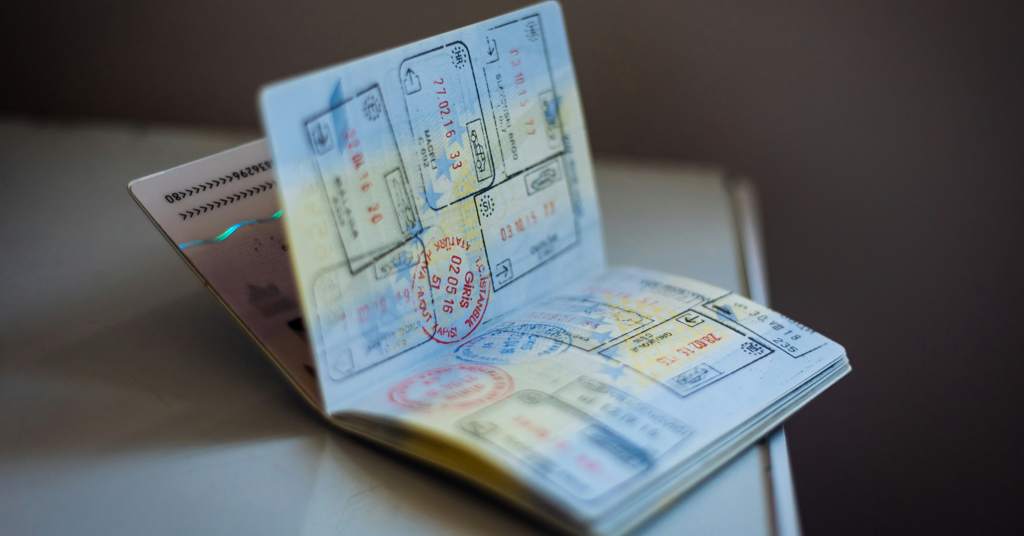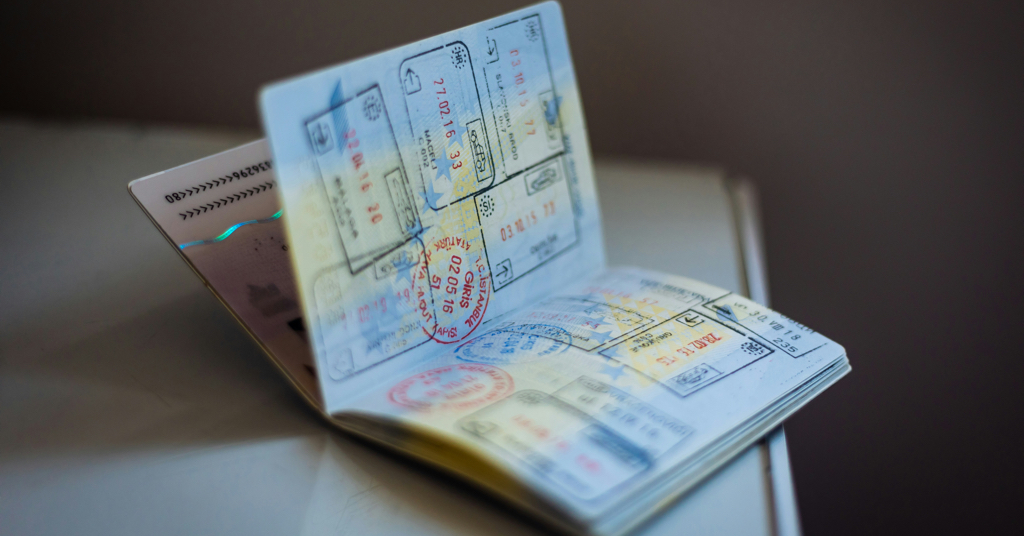- Due to recent changes in case processing, visa experts say artists should budget $2,805 for express service if they don’t want to cancel or postpone scheduled shows.

-
Applying for a US artist visa has gotten drastically more complicated and expensive over the past three months.
The laborious process, already widely criticised for its exclusive eligibility criteria and sky-high fees, is now facing one of its most serious issues yet, US booking agents and immigration attorneys told Resident Advisor. The result could mean more cancelled tours, postponed gigs and financial stress for artists, bookers and venues across the board.
Individuals or bands applying for an O-class or P-class visa, required to legally perform stateside, typically go through a visa agency or a sponsor who files on the artist’s behalf. These third-party players are known as petitioners. The US Citizenship and Immigration Services (USCIS) is the government body that oversees submissions and decides if visas are approved or not.
Cases submitted by petitioners first go to the USCIS service centre in Texas before being eventually processed by USCIS offices in Vermont and California. Traditionally, cases submitted by East Coast-based petitioners get sent to Vermont from Texas, while California handles West Coast petitioners. A week after filing, petitioners are notified which centre the case goes to.
Historically, Vermont has a better track record than California in processing regular applications, i.e. cases in which applicants didn’t pay the expedited processing fee of $2,805. That price guarantees a response within 15 business days–it does not guarantee an approved visa. According to the USCIS website, 80 percent of regular cases at the California centre currently take six-and-a-half months to process while Vermont takes three months. This explains why artists have long preferred East Coast-based petitioners.
However, this location-based process no longer seems to be in effect. As of May 1st, applications are randomly divided between Vermont and California regardless of where the petitioner is based, insiders told RA. This means if cases are sent to California, artists must wait six-and-a-half months for an answer or pay up to fast-track their application.
USCIS has yet to make any official statement confirming this development–officials have not responded to RA’s request for comment–but industry veterans have noticed the change.
Fanfare Projects, an agency that helps artists submit visa requests, specifically incorporated its company in New York to ensure its cases went to Vermont. “We started seeing that since May 1st, almost exactly 50 percent of our cases were routed to California and the other 50 percent to Vermont,” said cofounder and attorney David Amar. Joint cases, in which a leading artist applies for an O-1 [a three-year visa] and their crew or backing band applies for an O-2 [for supporting members], are typically submitted together but since May, several joint cases have been split up between Vermont and California, Amar continued.
New York-based Tamizat, a non-profit organisation that champions international artist mobility, also offers visa services, working with law firm CoveyLaw to submit petitions. “Since May almost exactly half of our petitions have been sent to Vermont and almost exactly half have been sent from Texas to California, with no apparent pattern,” immigration attorney Will Spitz said. “This is based on a sample size of over 300 petitions.”
Premium processing or else
Because of the “wildly irregular” way in which cases have been handled since May, paying for rush service is now an “inevitable possibility,” warned Matt Covey, attorney and founder of Tamizat and CoveyLaw. “Essentially, all tours need to budget for premium processing and then hope they won’t need it.”
The O and P visas are already exorbitantly pricey ($1,055 and $1,015, respectively–application fees rose more than 120 percent in April) so artists usually wait until they secure enough gigs to recoup those costs. But waiting on offers from promoters can take a while. Gathering all required documentation, which includes proof of confirmed bookings, to apply seven months ahead of the gig–assuming the case gets sent to California–gets tricky. That’s why premium processing is considered unavoidable.
“If this is the new normal, it’s a devastating setback for international artist mobility; and ironic considering that the USCIS fee increases were meant to actually streamline the process,” said Sam Bloom, a US booking agent at In Context Artists, whose roster includes dBridge, Madam X, SKY H1 and others.
Others echoed those thoughts. Joe Sigmund is a partner and senior agent at Surefire Agency, which books US shows for Skee Mask, Hudson Mohawke and various in-demand names. He’s now telling all artists that “filing any new petitions without premium processing is highly inadvisable.” He’s already lost one major tour as a result of “arbitrary shuttling of petitions between the two service centres.”
“The USCIS has, either by design or ineptitude, just effectively increased the cost for the performing artist visa by nearly $3,000 USD, making it nearly impossible to schedule tours for first-time or returning petitioners in a workable way,” he warned. Going forward, he expects more lost tours and cancelled shows.
There’s also a deeper impact at play here. The more niche an act is, the more last-minute gig offers tend to be. It’s common for a well-known live act playing a concert hall to get booked a year in advance, which allows time for regular processing. In comparison, underground DJs playing clubs may only get booked a few months out, as it’s harder to confirm dates for names that aren’t commercially viable. This means lesser-known talents are more likely to be forced into premium processing fees–one of many ways the USCIS systematically influences programming in the US.
“As usual, the artists who will be most severely affected by these changes will be those who were already the most vulnerable,” said Bloom. “The effects will also surely be felt by music fans and cultural institutions in the US, with fewer interesting artists being able to feasibly tour the market.”
To learn more about efforts to reform the US artist visa, revisit our feature from earlier this year.

